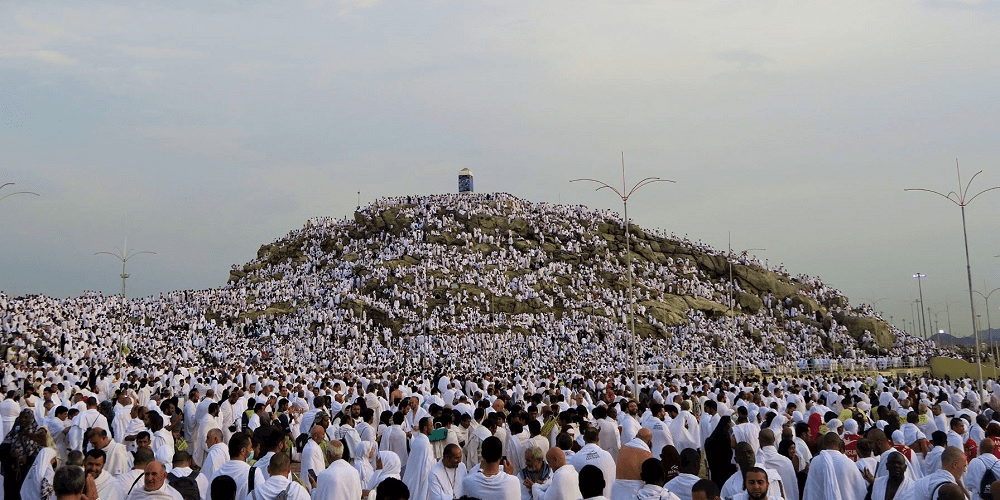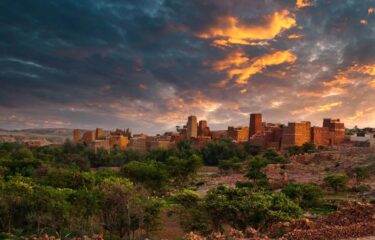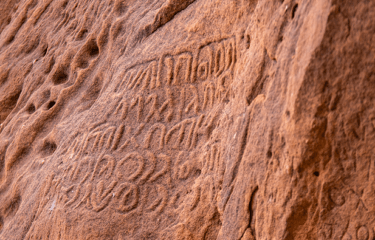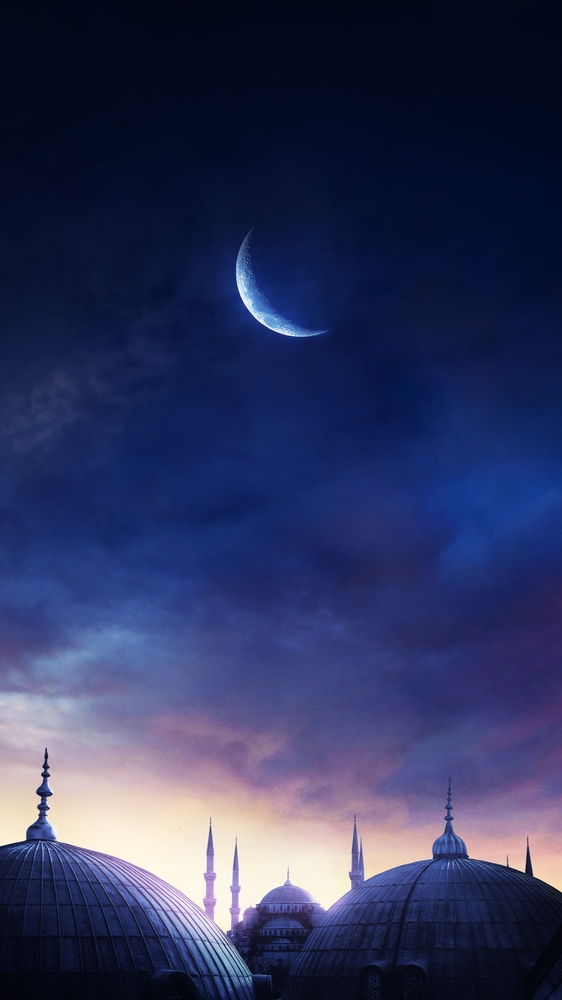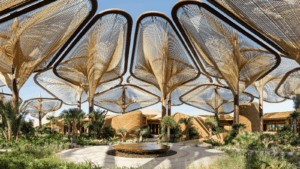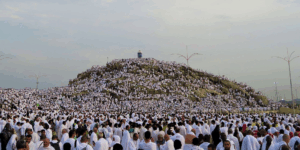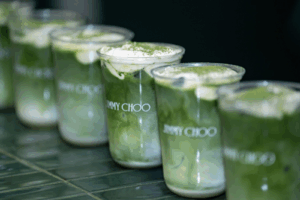Every year on the 9th of Dhul Hijjah, the plains of Arafat come alive with the most powerful moment of Hajj. But Arafah Day isn’t confined to the boundaries of Makkah. Across Saudi Arabia and beyond, Muslims observe this day with deep devotion. The rituals of Arafah Day bring a shared sense of reflection and connection, no matter where one is.
This guide explores Arafah day rituals for both Hajj pilgrims and non-pilgrims, offering insight into how the day unfolds in Saudi Arabia—from Mount Arafat to family homes in Riyadh and Jeddah.
Arafah Day Rituals for Pilgrims Performing Hajj
The Standing at Arafah (Wuquf Arafah)
For those blessed to perform Hajj, Arafah Day marks its peak. On this day, pilgrims gather at Mount Arafat, just outside Makkah. From noon until sunset, they stand in prayer, reflection, and humility—this is known as Wuquf Arafah.
It’s a moment where everything else falls away. Pilgrims raise their hands and speak their hearts. The Prophet Muhammad (PBUH) said, “Hajj is Arafah,” highlighting the weight of this ritual. Without standing at Arafah, the Hajj is incomplete.
Sermon at Masjid al-Namirah
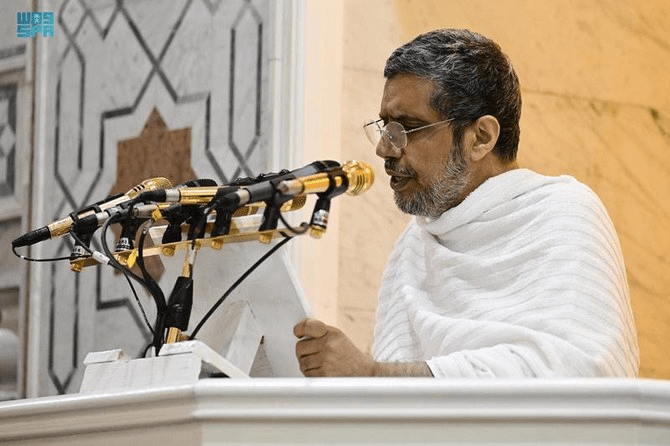
Around midday, pilgrims listen to the sermon delivered at Masjid al-Namirah. It is a key part of the day’s ceremonies and reaches Muslims around the world through live broadcasts. After the sermon, Dhuhr and Asr prayers are offered together, shortened and combined, as is tradition on this day.
Supplication and Reflection
After prayers, pilgrims devote the rest of the day to supplication. It is believed that Arafah is the best time of year for du’a to be accepted. The valley echoes with prayers in different languages, each one personal and filled with hope.
Departure to Muzdalifah
At sunset, pilgrims quietly depart for Muzdalifah without praying Maghrib. They will combine Maghrib and Isha there and collect pebbles to use during the symbolic stoning of the devil in Mina the following day. Rest and recovery in Muzdalifah prepare them for the remaining days of Hajj.
Arafah Day Rituals for Non-Hajjis in Saudi Arabia

People making dua before breaking their fast on the day of Arafah – (Credits Muslim and Quran)
Fasting on Arafah Day
For those not performing Hajj, the most common Arafah day ritual is fasting. It is widely observed across Saudi homes and mosques. The Prophet (PBUH) said that fasting on this day expiates sins of the previous and coming year. Many wake early, prepare suhoor, and observe this fast as a form of worship and solidarity with the pilgrims.
Listening to the Sermon from Arafat
Across Saudi Arabia, families and individuals tune in to the live broadcast of the Arafah sermon, usually on Saudi TV, from Masjid al-Namirah. Televisions are kept on throughout the day. The words serve as a spiritual reminder and offer guidance, even to those far from Makkah.
Iftar Gatherings and Acts of Worship
As sunset nears, families gather for iftar. Some keep it simple, others open their homes to neighbors. Dates, laban, and soup fill tables, echoing Ramadan traditions. It is a day when prayers are longer, Qur’an recitation is prioritized, and mosques see more worshippers. Many give charity quietly, reflecting the spirit of Arafah day devotions.
Charity and Community Support
Giving on Arafah Day holds immense reward. In neighborhoods across Saudi Arabia, people donate food to those in need, sponsor meals, or contribute to ongoing charity projects. These acts are part of the larger Arafah day worship and a reminder of the compassion the day represents.
What to Do on Arafah Day: A Step-by-Step Guide
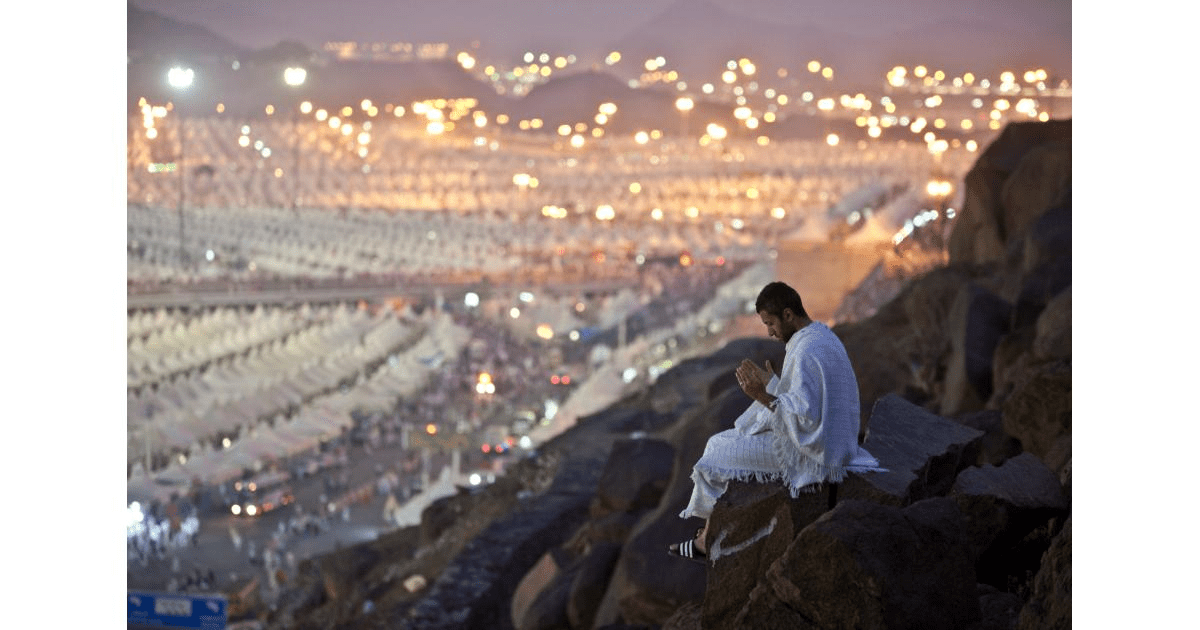
Simple actions shape this day and connect Muslims across places and roles.
For Pilgrims
- Arrive at Arafat early
- Listen to the sermon at Masjid al-Namirah
- Combine Dhuhr and Asr prayers
- Make continuous du’a until sunset
- Depart for Muzdalifah at Maghrib
For Non-Pilgrims
- Make intention to fast before Fajr
- Spend the day in Qur’an, dhikr, and du’a
- Watch the Arafah sermon broadcast
- Give sadaqah quietly if possible
- Break the fast with family or friends
Spiritual Activities on Arafah Day for Muslims
At Mount Arafat or in a quiet home, the soul of Arafah Day lies in turning inward. It’s a day for evaluating one’s actions, returning to prayer, and asking for forgiveness.
Some reflect through journaling. Others dedicate time to learning or teaching. Mosques may hold extra halaqas or invite community members for collective du’a. All of these form part of Arafah day acts that deepen faith and create a spiritual rhythm that carries into Eid.
Arafah Day as a Shared Spiritual Experience
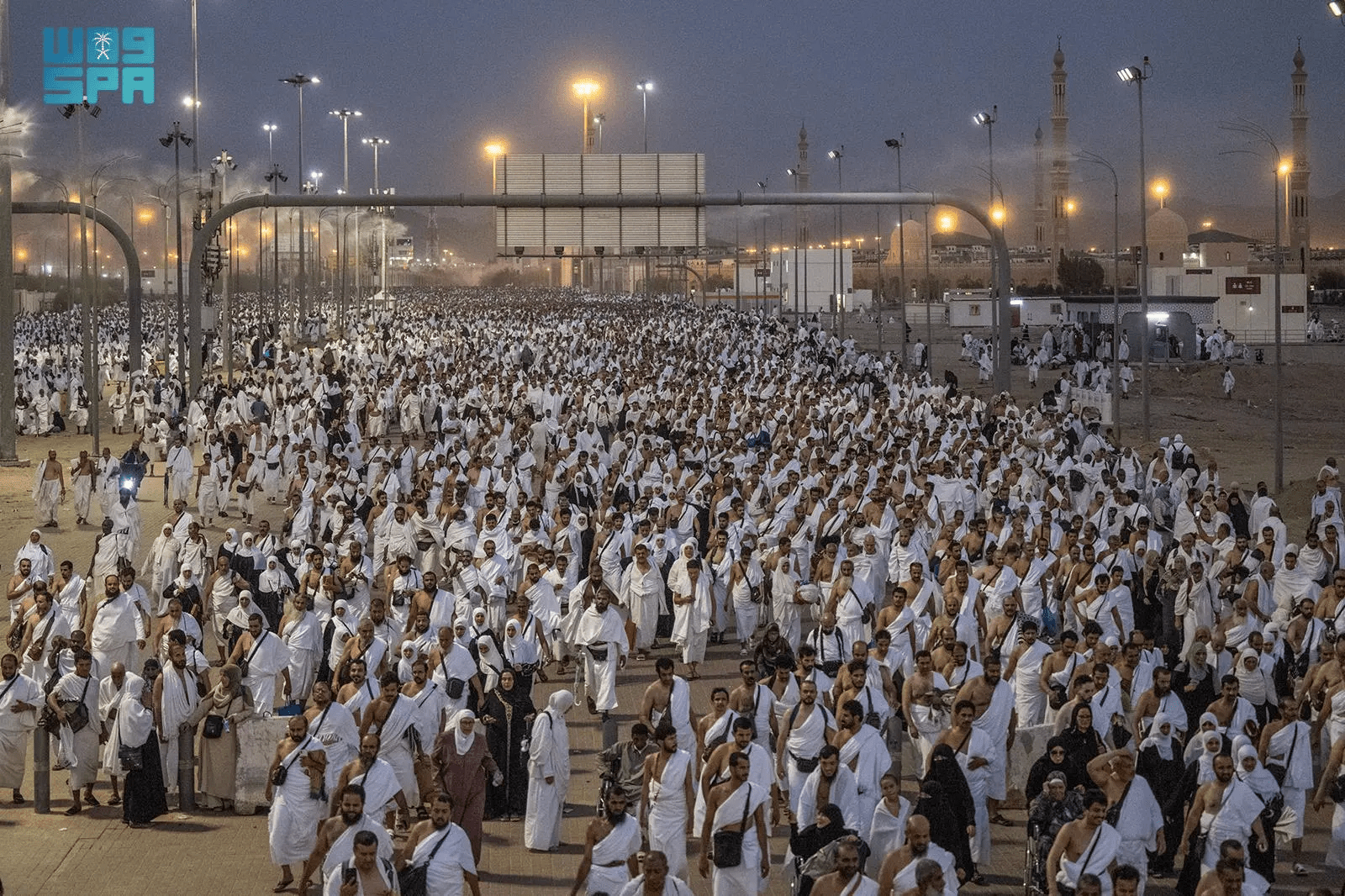
Arafah Day connects the sacred journey of the Hajj with the quiet devotion of Muslims everywhere. Some gather on the plains of Arafat, others sit in living rooms or mosques, lifting the same prayers. Fasting, du’a, charity, and community mark this day, making it deeply personal yet universally shared.
In Saudi Arabia, these rituals are felt across cities, towns, and villages. The air carries the weight of prayer. It is a day of simplicity, sincerity, and closeness to God.
Walking between tents or preparing iftar for family, Arafah Day remains a call to pause, reflect, and reconnect. This defines its beauty.
FAQs
What are the main Arafah Day rituals for Hajj pilgrims?
Pilgrims perform Wuquf at Arafah, attend the sermon at Masjid al-Namirah, pray, make du’a, and then travel to Muzdalifah after sunset.
What to do on Arafah Day if you are not performing Hajj?
Non-Hajjis fast, watch the Arafah sermon, increase worship, make du’a, and engage in charity and reflection.
What is the significance of Mount Arafat during Hajj?
Mount Arafat is the location of Wuquf, the central rite of Hajj, where pilgrims pray and seek forgiveness from noon to sunset.
What are the benefits of Arafah fasting for non-pilgrims?
Fasting on Arafah Day expiates sins of the previous and upcoming year and is widely practiced by Muslims in Saudi Arabia and globally.
How to spend Arafah Day outside Makkah?
Engage in fasting, prayer, Qur’an recitation, listen to the sermon, and give charity as part of Arafah day devotions for non-Hajjis.
Follow us on Instagram for daily travel inspiration and untold stories from the Kingdom. Want more? Explore more experiences and stories in our Religious and Spiritual category.
This article is brought to you by Soul of Saudi — a Saudi travel blog dedicated to uncovering the heart and soul of the Kingdom.

